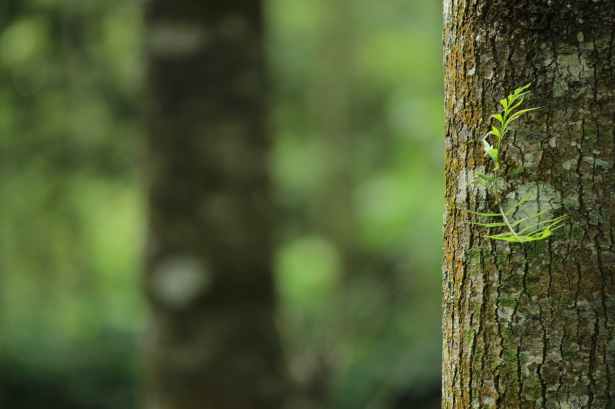
Photo: Sue Vincent
The last thing she believed was that her great-grandmother’s words had been literal.
The old woman was prone to tall tales, lore and fairies, rumors and gossip, odd potions and odder notions. There were always layers of meaning. Lessons. Some ancient moral to decipher. A hidden understanding.
As a young child, Patricia was fascinated by Gramma Gee. She would spend hours dreaming about the meaning of the words of mystery from the wizened woman who had more wrinkles than skin and whose spine bent halfway parallel to the ground.
But by the time she turned an adolescent, Patricia found the elder’s cryptic talk to be boring, dated, and annoying. She only went to visit to assuage her mother’s guilt, and even then did so without enthusiasm and for the briefest stay.
When Mom died at the end of a long illness while Gramma Gee continued living, Patricia — then a college student — stopped visiting altogether. She’d convinced herself that the old woman in the cheerless room in the old people’s home was senile and would not know the difference, but in her heart’s heart she knew that she was angry. Every day the ancient lived felt like one stolen from her mother.
Patricia wondered if her mom had felt that way after Nana died. The sudden death that bled Nana’s life into her brain had left Mom bereft and lonely. Patricia was not quite four years old at the time.
It did not seem fair. Two holes bracketed by a woman so old there could not have been a good enough reason for her to still live.
Then, on Patricia’s twenty-sixth birthday, Gramma Gee breathed her last. She’d just turned ninety-five.
She left Patricia everything: Two tattered suitcases of documents, moth-eaten blankets in a trunk that could have come out of a horror movie, a box of knickknacks, and a four-leaf clover key wrapped in a piece of leather in the shape of a heart.
“There is a key to the heart, and you can use it.”
Patricia had heard Gramma Gee say this phrase more times than she cared to remember. She’d thought it romantic at some point, then irritating.
But was it more than an expression? And if so, a key to what?
The attorney who was the executor of Gramma Gee’s meager estate was no help. A harried man with droopy spectacles and droopier hair, he had not much to tell her. “It could be in the documents,” he said, nicotine-stained fingers fidgeting for her to sign the papers on his desk and let him go handle some other oldster’s odds and ends. “I believe there’s a deed among the documents. To some house in the old country. I don’t expect it to still be standing. Most are not.”
It was mostly not.
But a section was, and part of a stair sticking out of broken walls. And the owner of the bed and breakfast nearby had a small tractor and a strong son he could lend. When they cleared away the rotten beams and tumbled stones and mounds of weeds, there was an intact part of ancient wall revealed, and more steps.
And at the end of those, a closed door. Set with a heart-shaped lock.
She had the key.
And she could use it.
For Sue Vincent’s WritePhoto challenge












You must be logged in to post a comment.